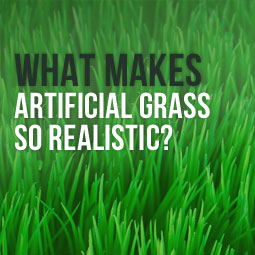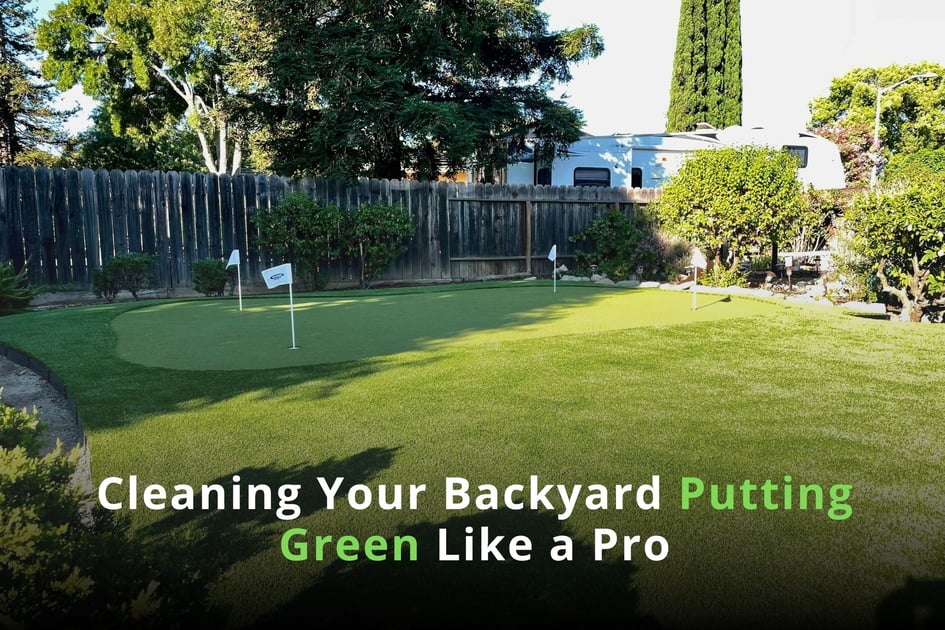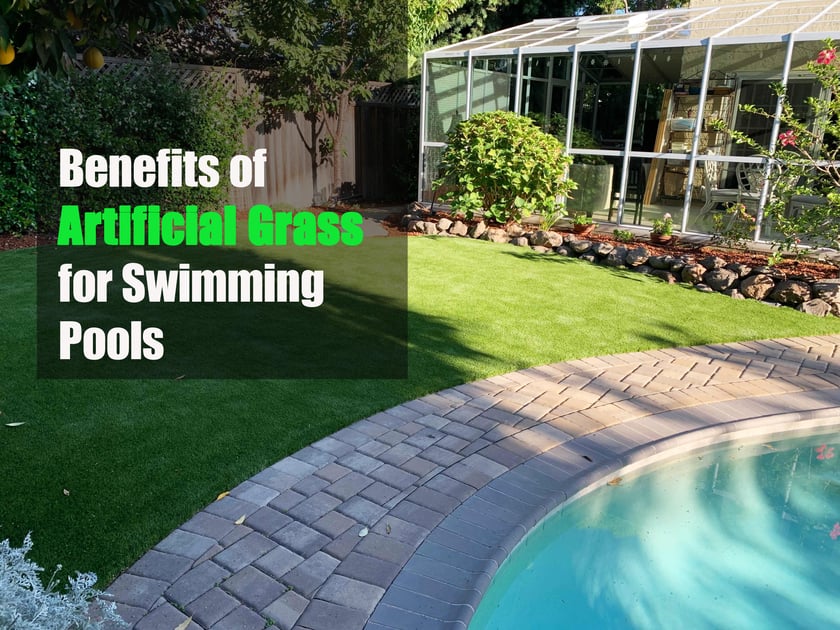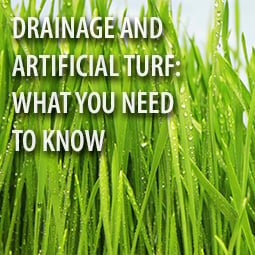 One of the main selling points of artificial turf is that it looks and feels so realistic. When artificial turf was first being used in athletic stadiums, it was chosen because of its durability, texture, and its appearance. It allowed professional teams to play on a surface that was similar to natural grass but had the ability to be used indoors so teams could play at night. Several elements go into making artificial turf look and feel as real as possible. In many cases, it can take an up close and personal look to be able to determine whether or not a surface is artificial turf or real grass.
One of the main selling points of artificial turf is that it looks and feels so realistic. When artificial turf was first being used in athletic stadiums, it was chosen because of its durability, texture, and its appearance. It allowed professional teams to play on a surface that was similar to natural grass but had the ability to be used indoors so teams could play at night. Several elements go into making artificial turf look and feel as real as possible. In many cases, it can take an up close and personal look to be able to determine whether or not a surface is artificial turf or real grass.
The Materials
The materials used in artificial turf have evolved a great deal over the last six decades. Numerous types of materials have been used to create the backing. Jute, polyester, plastic, and a combination of materials have been used for years as backing materials. Blades are usually cut from polyester, rayon, nylon blended fabrics. Higher quality versions of synthetic turf normally have a polyester, rayon, nylon blend as a backing material to ensure the blades are properly secured and that the risk of damage to the material is kept to a minimum. Polyester tire cording is also used as reinforcement.
The Construction
Artificial turf is made using the same basic process as household carpet, the only difference being the cut and height of the pile. The fabric used to create the blades is extremely thin. It is cut into thin strips of different widths. The edges are cut in different directions as well, some are slanted, some straight across, and others brushed and frayed to make the edges look slightly worn. The blades are attached to the backing in different lengths to produce the varying heights. Each blade is unique. In most cases, the color is added to the materials before they are loaded into the machines. Some types of turf may have additional colors sprayed on to add depth and vary the color of the turf.
The Texture and Appearance
While the materials used to create the fabric and the construction methods used to manufacture the artificial turf are the basis for how the surface will look, its installation and the infill used to complete the project will have a major effect on the texture and appearance of the finished area.
Once the artificial turf has been installed no seems should show. There should be no wrinkles or bumps around the edges or in the center of the area. The infill used to complete the installation process will also have an impact on how real the turf looks and feels. The infill is responsible for how the turf feels when you walk across it. Natural grass tends to have a softness to it that allows for a small amount of cushion. The right type and amount of infill can recreate that same sensation.
Most brands of artificial turf can pass themselves off as real grass from a distance. The truth is soon uncovered when you get within a few yards of the turf. High-quality brands of turf are extremely realistic and, in some cases, may look real until you step on it or get a glimpse of the infill. If you want to find the most realistic versions of artificial turf, talk to individuals who have different brands and types of turf installed at their homes or business. Most landscaping companies that install artificial turf have testimonials from people who have had turf installed and were willing to make a statement about its appearance. Call a few and pay a visit to the property. See for yourself what different brands look like and test out how they feel. Once you have seen the different brands for yourself, you can make an informed decision.












